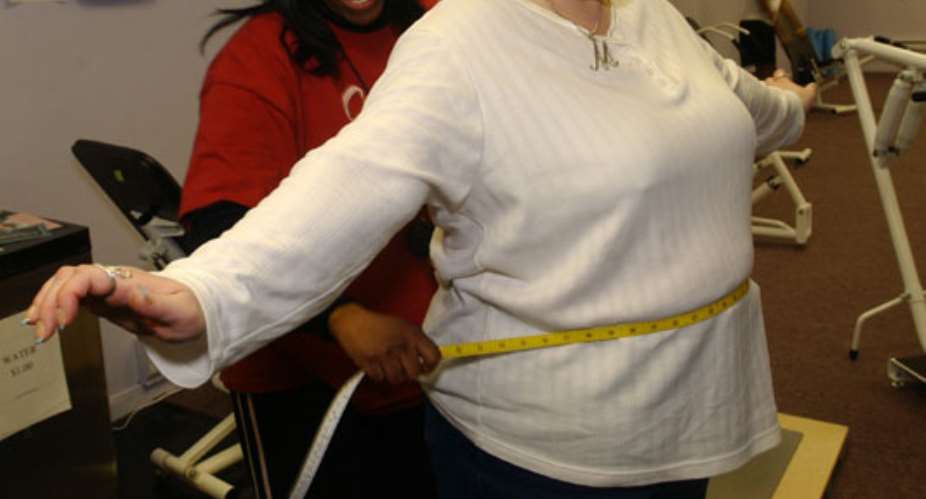That's what's happening in Japan. As my colleague Norimitsu Onishi explains in today's Times, a Japanese law that came into effect two months ago requires companies and local governments to measure the waistlines of Japanese adults. The government limits are 33.5 inches for men and 35.4 inches for women. Those who exceed the standard and also have another weight-related health concern are given “dieting guidance” to drop weight.
While the Japanese plan seems onerous, it's not without scientific basis. Studies clearly show a person's health risks increase as waist size grows.
In March, an analysis in The Journal of Clinical Epidemiology showed that body mass index is the ''poorest'' indicator of cardiovascular health, and that waist size is a much better way to determine, for both sexes, who is at a higher risk for hypertension, diabetes and elevated cholesterol.
Studies suggest that health risks begin to increase when a woman's waist reaches 31.5 inches, and her risk jumps substantially once her waist expands to 35 inches or more. For a man, risk starts to climb at 37 inches, but it becomes a bigger worry once his waist reaches or exceeds 40 inches.
Last month, The International Journal of Obesity suggested that, particularly for young people, the waist-to-height ratio might be a better indicator of overall health risks. Put simply, your waist should be less than half your height.
To read more about health and waist size, click here. And click here to check out whether your body shape is an apple or a pear.
Source: The New York Times





 Akufo-Addo spotted ordering chiefs to stand for his handshake
Akufo-Addo spotted ordering chiefs to stand for his handshake
 Akufo-Addo ‘disrespects’ every chief in Ghana except Okyenhene — NDC Communicato...
Akufo-Addo ‘disrespects’ every chief in Ghana except Okyenhene — NDC Communicato...
 Supreme Court clears way for dual citizens to hold key public positions
Supreme Court clears way for dual citizens to hold key public positions
 Be transparent, don’t suppress the truth – Prof. Opoku-Agyemang to Jean Mensa
Be transparent, don’t suppress the truth – Prof. Opoku-Agyemang to Jean Mensa
 ‘I won’t tell the world I was only a driver’s mate during challenges’ – Prof Jan...
‘I won’t tell the world I was only a driver’s mate during challenges’ – Prof Jan...
 We’ll prosecute corrupt officials of Akufo-Addo’s govt – Prof Jane Naana
We’ll prosecute corrupt officials of Akufo-Addo’s govt – Prof Jane Naana
 [Full text] Acceptance speech by Prof Jane Naana Opoku-Agyemang as 2024 NDC Runn...
[Full text] Acceptance speech by Prof Jane Naana Opoku-Agyemang as 2024 NDC Runn...
 Election 2024: Don’t be complacent, we haven’t won yet – Asiedu Nketia cautions ...
Election 2024: Don’t be complacent, we haven’t won yet – Asiedu Nketia cautions ...
 Election 2024: Stop fighting over positions in Mahama’s next govt – Asiedu Nketi...
Election 2024: Stop fighting over positions in Mahama’s next govt – Asiedu Nketi...
 Prof Jane Naana Opoku-Agyemang will restore dignity of vice presidency – Fifi Kw...
Prof Jane Naana Opoku-Agyemang will restore dignity of vice presidency – Fifi Kw...
